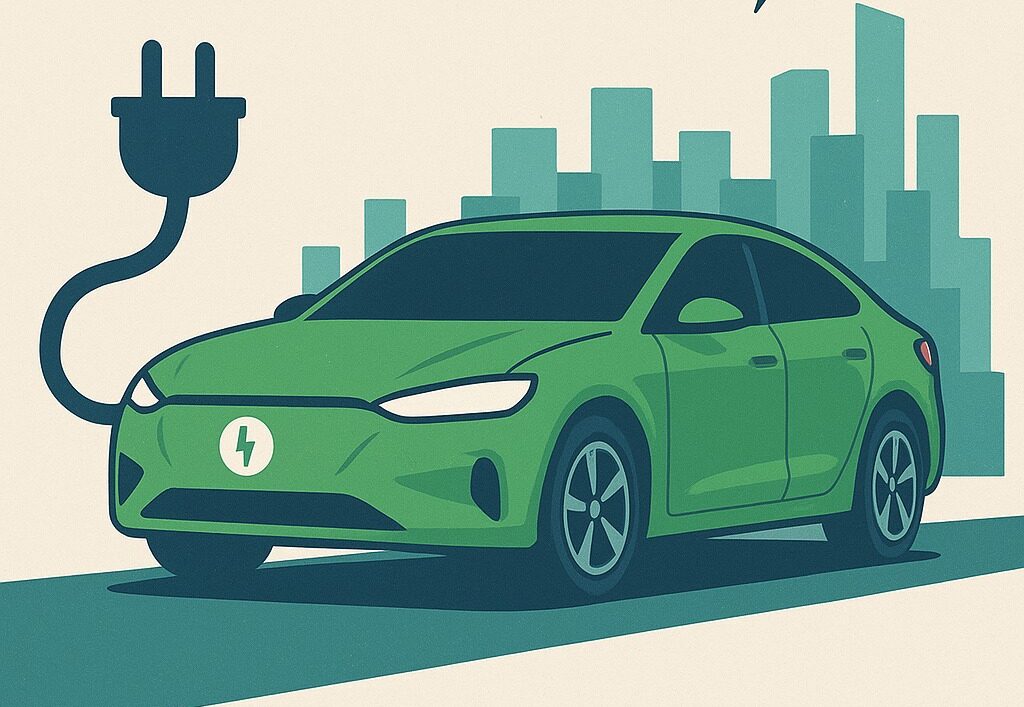The debate between electric vehicles and internal combustion engines or ICE vehicles is heating up as India’s EV market surges.
With 1.96 million EVs sold in FY2025, marking a 17% year-on-year growth, the shift toward electric mobility is undeniable.
But does owning and driving an EV truly outshine the traditional ICE experience? What about the many anxieties that EVs come with or the sheer technical superiority of an EV that outperforms ICE vehicles?
Let’s break it down with the good, the bad, and the electrifying.
The WOW Factor: Why EVs Are Winning Hearts
Lived with the Curvv.ev for a week.
Indian automotive design has moved miles in the past few years. We are world competing now. I see the Curvv as the first of many well designed, liveable, and sometimes even fun cars to come. You can’t argue it turns heads. pic.twitter.com/MDUDgv0Gcm
— Joe (@josephradhik) November 17, 2024
1. Instant Torque & Smooth Drive
EVs deliver instant acceleration. No lag, no gear shifts, just pure power.
The Tata Curvv EV claims 0–100 kmph in 8.6 seconds, while its petrol sibling takes around 11 seconds.
A big plus: The silent, vibration-free ride of an EV adds to the luxury feel.
2. Lower Running Costs
With petrol hovering around ₹100 to the litre, ICE cars cost ₹5–7 per km to run, while EVs cost ₹1–2 per km when charged at home.
Over 15,000 km/year, an EV owner saves ₹75,000 annually—a game-changer for mileage-conscious buyers.
Caveat: Considering only the math, the premium paid upfront for an EV is justified when you drive over 50 km daily (ideally between 70-100 km) and charge the EV only at home via the supplied charger and over a domestic power connection.
3. Lower Maintenance Costs
No oil changes + fewer moving parts = less maintenance.
EVs require ₹5,000–10,000 per year in maintenance, compared to ₹15,000–20,000 for ICE cars. They also require a pollution under control certificate every year.
Say goodbye to frequent service centre visits and that dreaded PUC centre visit, especially if your drive a diesel.
4. Eco-Friendly & Future-Ready
With India pushing for 500 GW of renewable energy by 2030, EVs align with sustainability goals.
Zero tailpipe emissions mean cleaner air, especially in smog-heavy areas like Delhi-NCR.
The BAD: Where ICE Still Holds Ground
1. Upfront Cost
EVs like the Tata Curvv EV cost ₹17.49–19.25 lakh ex-showroom Delhi, while its ICE siblings like the Curvv Petrol starts from ₹9.99 lakh. Despite subsidies, affordability remains a hurdle.
2. Resale Value Concerns
ICE cars currently hold better resale value due to wider demand. EVs are catching up, but battery degradation and anxiety free charging remains a concern for used EV buyers.
3. Charging Infrastructure Gaps
As of April 1, 2025, India had 26,367 public chargers, compared to over 80,000 petrol pumps. While metro cities are improving, rural areas still lack reliable public charging options.
The UGLY: The Real Challenges of EV Ownership
1. Range Anxiety
The Tata Tiago EV MR offers a claimed range of 223 km/charge, while its petrol sibling claims over 600 km per full tank. Long-distance drivers still favour ICE versions for that peace of mind.
2. Charging Time vs. Refueling
An ICE car refuels in 5 minutes from empty, while an EV takes 5–8 hours for a full charge (depending on the charger/battery). DC fast chargers help, but they’re expensive and not as widespread as fuel stations.
3. Battery Longevity & Replacement Costs
EV batteries degrade over time, and replacements can cost ₹5–7 lakh, making long-term ownership expensive. Since this is an uncharted territory, doubts remain and worries linger.
The OOMPH Factor: The Future is Electric
Tesla Model Y cruising at the highway 🤤⚡
🎥 : Insta @ theblacksyros pic.twitter.com/wsFtSO1BXk
— Tesla Club India® (@TeslaClubIN) April 19, 2025
Despite the challenges, EVs are undeniably the future.
With government incentives, battery tech improvements, AI-enabled tech with comfort-loaded features and expanding charging networks, EVs will soon match ICE cars in convenience as they are already ahead in terms of technology and features.
The thrill of instant torque, the accrued savings, and the promise of sustainability make EVs an irresistible choice for forward-thinking owners.
So, is owning an EV better than an ICE vehicle? For urban drivers, absolutely. For long-distance travellers, ICE still has an edge — for now.
But as India races toward electrification, the balance is shifting. The EV revolution is here and powered by fancy eSUVs and crossover SUVs.
And with Tesla’s entry just months away and new models from BYD awaiting launch, India’s EV market is getting fully charged to go electric in ishtyle.
About the Author
GoElec aims to inform, educate, and raise awareness about the growing electric vehicle ecosystem in India and the transformative impact of modern technology and artificial intelligence on the way we travel.




Leave a Reply